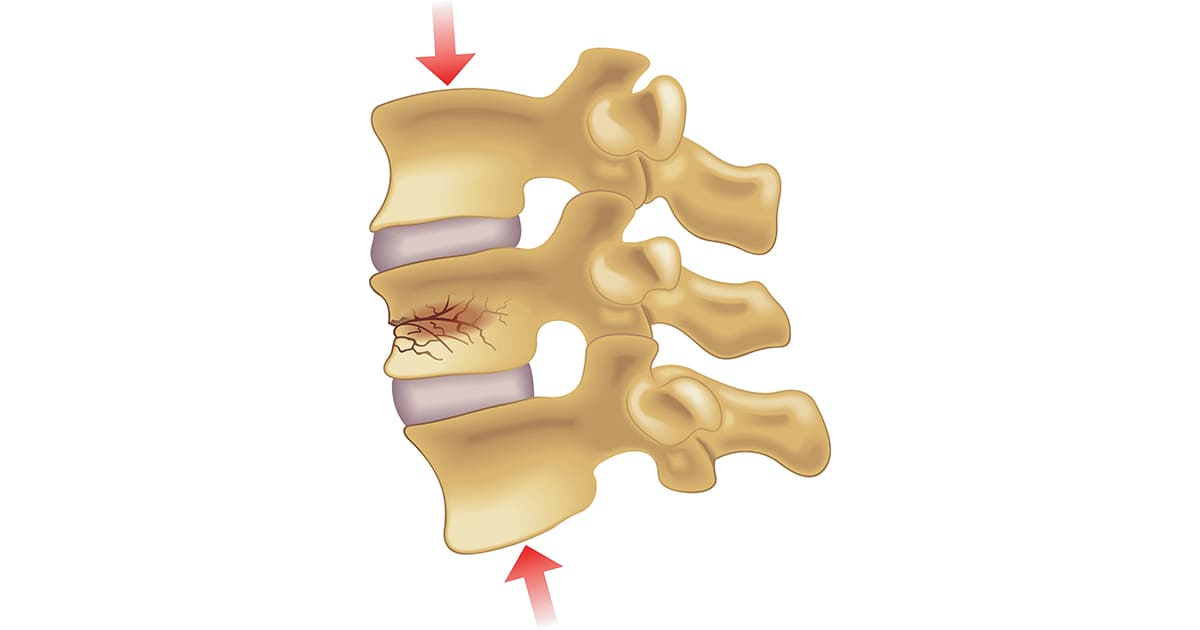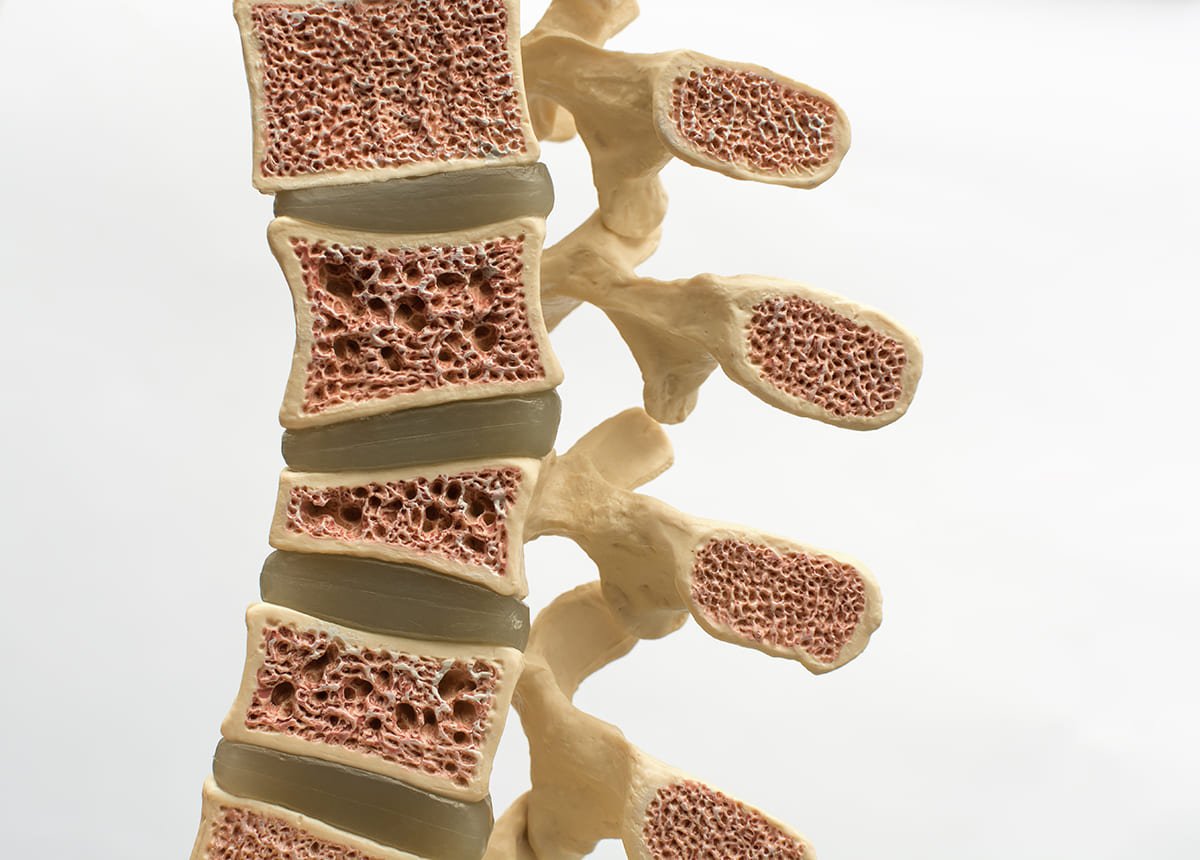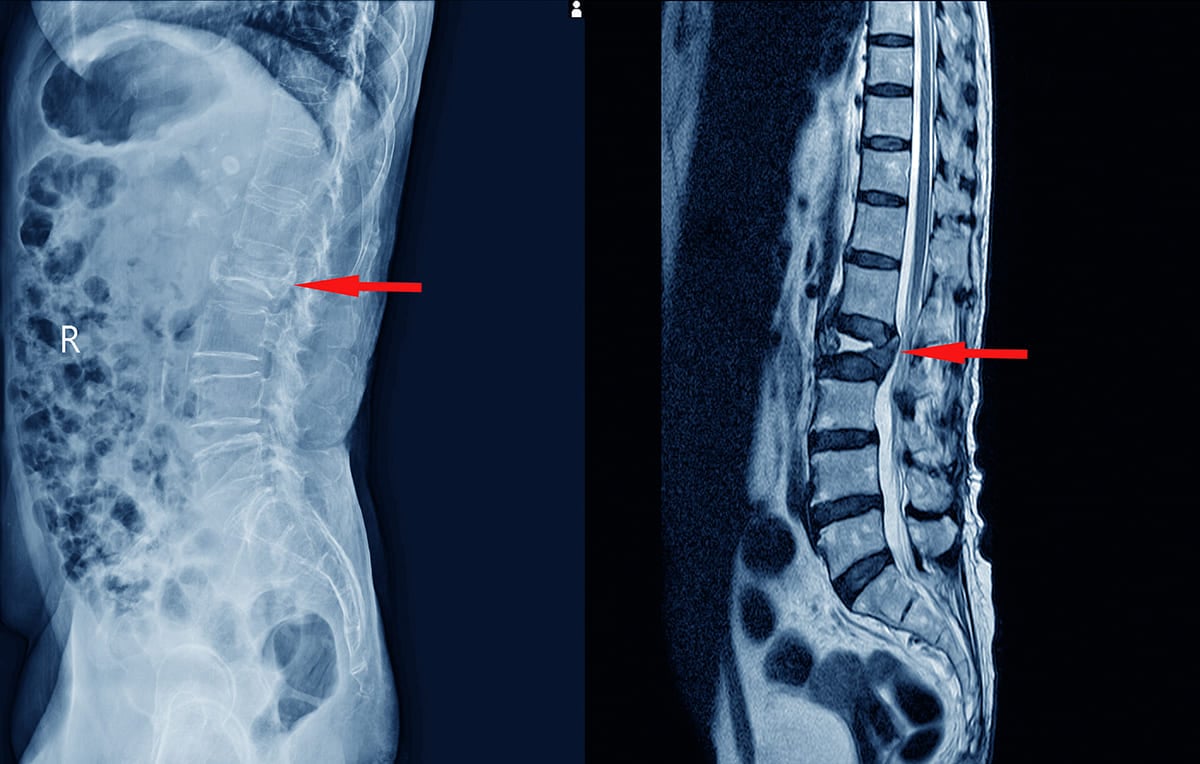Collapsed vertebrae in older people occur quite often and it is often associated with osteoporosis. As a consequence, patients tend to suffer from severe back pain and reduced quality of life. Most patients tend to have a history of accidental fall on their bottom. Sometimes they are difficult to diagnose and may lead to severity if left untreated or treated wrongly.
Cause
Collapsed vertebrae from osteoporosis is a common problem in elderly patients, especially in women. The main cause is from brittle bones in the vertebrae due to osteoporosis which causes them to break easily.
Cause of osteoporosis are multifactorial, including age, sex, nutrition, daily activities, chronic conditions, calcium and vitamin D deficiency.
Collapsed vertebrae from osteoporosis tend to occur in people over the age of 60 who tend have history of accidental fall that affect the spine, although some may not have any indication at all.

Symptoms
Most collapsed vertebrae occur around the junction between the lower chest and the upper waist known as the thoracolumbar junction, which leads to back pain. In most cases, it is caused by osteoporosis and does not involve a nerve which will just cause back pain. If some patient also has nerve compression, it may cause radiating pain down the leg, numbness, weakness, and may also have difficulty urinating or bowel movement as well.

Diagnosis
Most collapsed vertebrae is diagnosed from X-ray, although some X-ray images may not show it clearly. Thus, an MRI scan may be necessary to confirm.
Another condition that will also need to be diagnosed is osteoporosis, which can be done with examining bone mineral density.

Treatment
For patients who are not severely affected and do not have nerve involvement, the doctor will start wtih pain medication, physical therapy and back brace. Most patient will see an improvement in their condition and can return to their normal routine within about 3 months.
For patients who suffer from severe pain and have nerve involvement or have severe collapsed vertebrae, the doctor may consider surgery. Cement can be injected into the affected area. Screws can be used to hold it in place or both options can be done.
Moreover, patients who have osteoporosis need treatment with medication which can be either pills or injection.